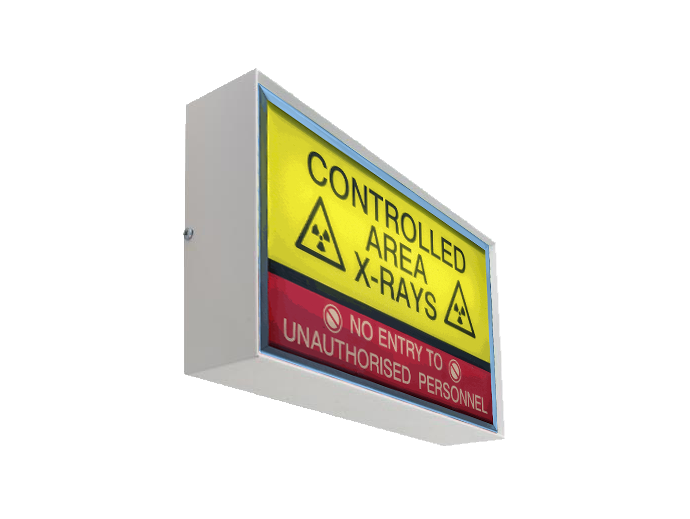
If you've ever entered a veterinary clinic, you've most likely seen various equipment key to the medical care of our precious pets. One of the most common, yet often overlooked, components are the 'vet x-ray warning lights'. These warning lights are essential in assuring the safety of both the veterinary staff and the animals in care. In this article, we'll dive deep into the sphere of 'vet x-ray warning lights' and discover their significance.
Understanding Vet X-Ray Machines
Before getting into the details of the 'x-ray warning lights', it's important to understand the primary tool they are related to - the x-ray machine. Veterinary x-ray machines enable vets to look inside an animal's body. They can help detect bone fractures, tumours, foreign objects, and other internal issues that might not be visible from a physical examination alone.
However, as valuable as they are, x-ray machines discharge ionising radiation, which is injurious in extensive amounts. That's where the 'x-ray warning lights' enter the picture.
The Role of X-Ray Warning Lights in Veterinary Clinics
'X-ray warning lights' offer a straightforward yet vital function. They brighten to alert when the x-ray machine is in operation, notifying staff, visitors, and other animals to stay away from the adjacent area. Here's why they're important:
Safety First: The chief role of 'vet x-ray warning lights' is safety. They guarantee that anyone in the vicinity recognises when maybe harmful x-rays are being radiated.
Preventing Unnecessary Exposure: Prolonged exposure to x-rays can be adverse. By notifying everyone in the vicinity, these warning lights play a essential role in diminishing any unplanned exposure.
Legal and Regulatory Compliance: In multiple jurisdictions, including the UK, the use of 'x-ray warning lights' is not just advised but a lawful requirement. Veterinary clinics are bound to comply with specific safety protocols, with the use of warning lights being dominant among them.
Choosing the Right Vet X-Ray Warning Lights
If you're a clinic owner or a vet hoping to create a new practice, it's crucial to invest in superior 'vet x-ray warning lights'. Here's what to consider:
Visibility: Ensure that the lights are shiny enough to be seen from a distance, even in well-lit environments.
Durability: Veterinary clinics are bustling environments. Acquire warning lights that can withstand a bit of wear and tear.
Integration with X-Ray Machine: Some up-to-date 'x-ray warning lights' can be integrated with the x-ray machine to immediately turn on or off. Such coordination adds an supplementary layer of safety and convenience.
Maintenance and Checks
Routine checks and maintenance of your 'vet x-ray warning lights' are important to ensure they function properly. A faulty light could result in unintended exposure. Verify that:
Routine Inspections are Carried Out: Review the lights daily before clinic operations commence.
Replace Faulty Bulbs Swiftly: Don't linger for a bulb to die completely. If you spot it dimming or flickering, it's time for a switch.
Test for Synchronisation: If your warning light is linked with your x-ray machine, regularly test to verify they sync accurately.
'X-ray warning lights' in veterinary clinics may seem like plain devices, but they act as a pivotal role in making sure of the safety of both the staff and the animals. They function as silent guardians, defending everyone from unneeded radiation exposure. Whether you're a vet, a pet owner, or a concerned individual, understanding the importance of these lights and confirming they function correctly is vital.
If you're enthusiastic to know more about x-rays in veterinary practice or are in search of premium 'vet x-ray warning lights', we encourage you to visit xray4vets. With a plethora of information and products designed for the veterinary realm, it's your ultimate destination for all things x-ray related. Safe practices confirm a more secure environment for everyone involved, so never ever underestimate the strength of that small warning light!"